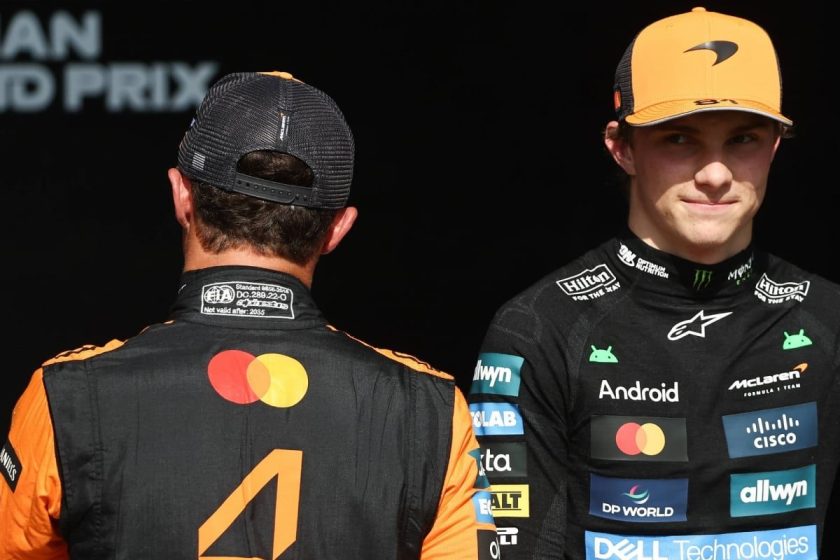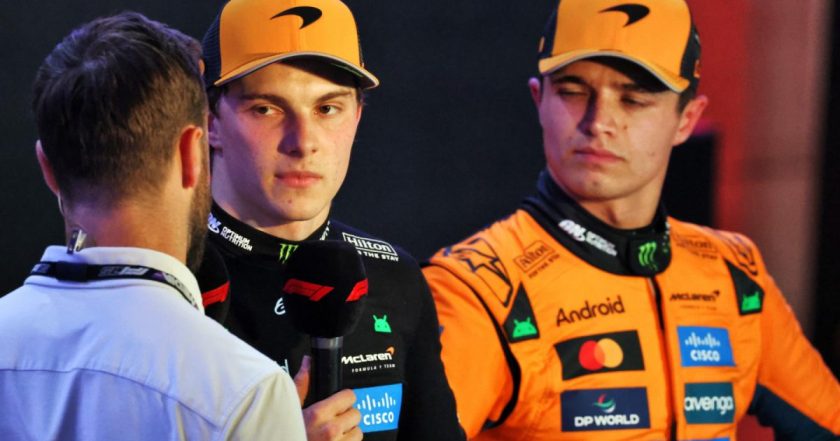P1racenews AI automatic summary:
The NTT IndyCar Series’ midseason shift to hybrid electric powertrains is its biggest technological change since it introduced turbocharged V6 engines in 2012. There’s a lot to try and understand i…
The NTT IndyCar Series introduced hybrid electric powertrains, the biggest technological change since 2012’s turbocharged V6 engines. The shift involved extensive research and development, marked by setbacks due to COVID-19 and vendor changes.
Chevy and Honda took over the hybrid project in late 2022, ensuring its continuation through significant investments. Testing of the energy recovery system (ERS) began in summer 2023, leading to the planned hybrid debut at the start of the 2024 season.
The project’s long journey spanned nearly five years, culminating in the first hybrid race at the Honda Indy 200. The hybrid system doesn’t have a specific name but has been fondly nicknamed “Harry the Hybrid” by IndyCar VP Dave Furst.
The ERS works in conjunction with the existing ICE (Internal Combustion Engine), forming a novel hybrid powertrain. Despite its technical complexity, the industry simplifies it by using terms like “hybrid system” or “hybrid unit” interchangeably.






